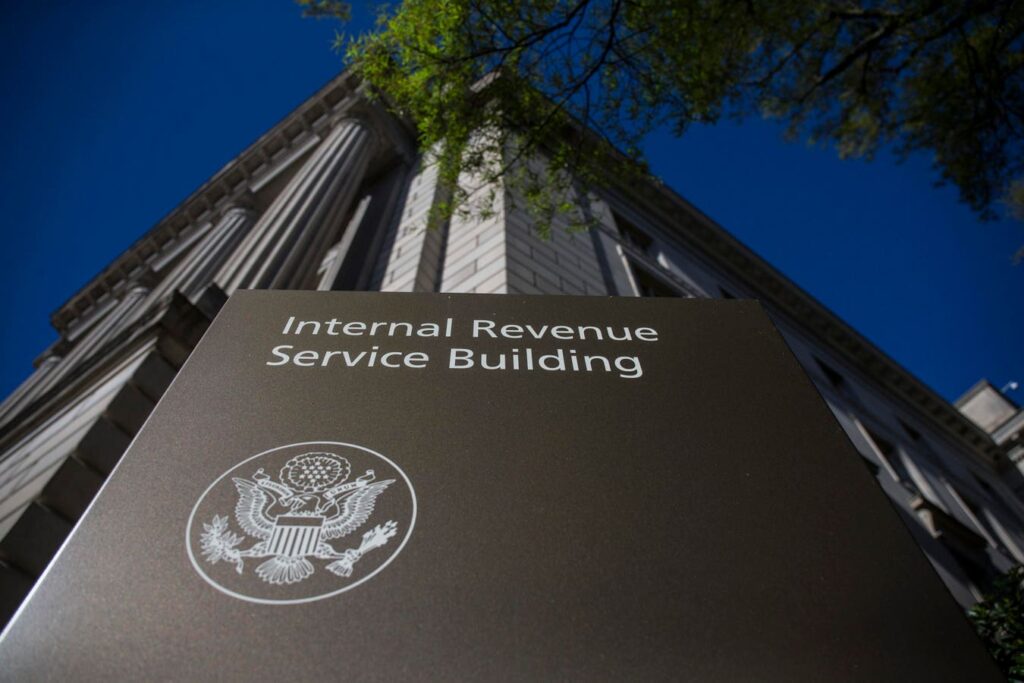By Richard Eisenberg, Next Avenue
A great feature of traditional Individual Retirement Accounts (IRAs) and employer-sponsored retirement plans like 401(k)s is that their money can grow tax-deferred for years. But eventually, the tax piper must be paid. That’s when Required Minimum Distributions, or RMDs, kick in and federal — plus sometimes state — ordinary income taxes will be due.
RMDs are the minimum amounts you must withdraw from your retirement accounts each year. They are the method by which the government ensures you’ll eventually be taxed on the money you saved tax-free. Rules governing RMDs are a little complicated and they have changed twice in recent years: first, in 2019, with the SECURE Act and then in 2022 with the SECURE 2.0 law.
As Christine Moriarty wrote in her Next Avenue article on year-end tax moves, the SECURE Act bumped the age to begin taking RMDs from 70½ to 72 starting in 2020. SECURE 2.0 pushed back the threshold even further — to either age 73 for people turning 72 after 2022 or age 75 for people turning 74 after 2032.
Your first RMD must be taken by April 1 of the year after you reach the starting age for distributions. Subsequent RMDs have to come out of the retirement plans by December 31 each year.
If you choose to delay that first RMD until April 1, you will end up having to take two distributions in that second year, noted Amanda Lott and Sarah Backer in their J.P. Morgan wealth-planning strategy advisory, “Why taking RMDs on time is so important.”
RMDs aren’t required for Roth IRAs, but they are for people who inherit them.
What If You Miss Your RMD?
If you fail to take your RMD, you’ll be socked with a tax penalty equal to 25% of the amount due. Before the SECURE 2.0 law, this excise tax was a steep 50%. The penalty drops to 10% if you make up the missed RMD within two years.
You can also file for a penalty waiver on Form 5329 with your tax return if you send the missed RMD.
“You can take your RMD from any of your IRA accounts or you could take some money out from each one,” personal finance journalist and author Terry Savage said on the recent Friends Talk Money podcast episode on RMDs that I co-hosted with her and Pam Krueger.
One exception: if you have money in a 401(k) or 403(b) employer-sponsored retirement plan, you must take a specific RMD from it.
How Much Must You Withdraw?
Exactly what percentage of your retirement accounts you will need to withdraw each year is based on a complicated Internal Revenue Service (IRS) calculation There are worksheets on the IRS site to determine your RMD.
“The government doesn’t care whether you have $25,000 in your IRA or $2.5 million; the RMD is a percentage based on the amount that’s in there,” said Savage.
Your annual RMD percentage is based on your age and estimated life expectancy. Essentially, the IRS’ aim is for you to eventually take all your money out of your retirement accounts over your lifetime.
Determining Your RMDs
But you needn’t worry that a huge percentage of your retirement funds must be withdrawn in any one year.
Say you’re 80 and have $100,000 in retirement accounts subject to RMDs. Your RMD this year would be about $5,000, roughly 2.5% of the total you’ve invested. That percentage will rise each year as you get older.
If you have more than one retirement plan that will demand RMDs, total up their balances to calculate your distribution amount.
A financial services firm holding your IRA can tell you how much you’d owe and ways to receive the cash. It can also withhold taxes for you. “I’d suggest withholding at least 20% — more if you’re in a high tax bracket,” said Savage.
Annual or Monthly Distributions?
One thorny RMD issue is whether to take distributions all at once, such as at year-end, or a little each month. There are pros and cons either way.
One reason to do it all at once, early in the year, is that you can reinvest the money (excluding any you’ll use to pay the RMD taxes) — anywhere other than in a tax-deferred account. This could help your withdrawn cash grow, depending on how the new investments perform.
But the drawback is that one big annual distribution could trigger estimated taxes for the quarter of the withdrawal.
The advantages of making RMDs monthly are that you’ll lower the risk of owing more estimated taxes and you can factor in the distributions to manage your monthly cash flow.
You’ll want to discuss the best RMD strategy with your tax adviser.
Krueger suggests that when you near the age when your RMDs will start, keep some of your IRA in cash. That way, you won’t be forced to sell investments to come up with money to pay taxes on the distributions.
A Tax-Saving Technique
To save on taxes, you might consider making a qualified charitable distribution (QCD) directly from a traditional IRA with an amount equal to the RMD. That money can then count toward your RMD and won’t be included in your taxable income. There’s a $100,000 annual limit on these distributions.
“Not only does the check have to be written before the year-end, it has to be cashed by the charity before the year-end,” said Savage.
You cannot use a tax-favored donor-advised fund to make qualified charitable distributions, though.
RMD rules can get especially tricky with inherited IRAs. The RMD amount and time limit for the distributions will depend on who owned the IRA and who will receive it.
Inherited IRAs and RMDs
Generally, a beneficiary must liquidate the account by the end of the 10th year after the death of the IRA owner who wasn’t their spouse. Before the SECURE Act, such inherited IRA distributions could be spread out over your lifetime.
An RMD may be required in the first nine years if the original owner had already started taking the required distributions.
Since RMD rules vary for different inherited IRA situations, though, talk with your tax adviser to be sure you’ll follow them correctly and not incur a tax penalty.
Read the full article here













